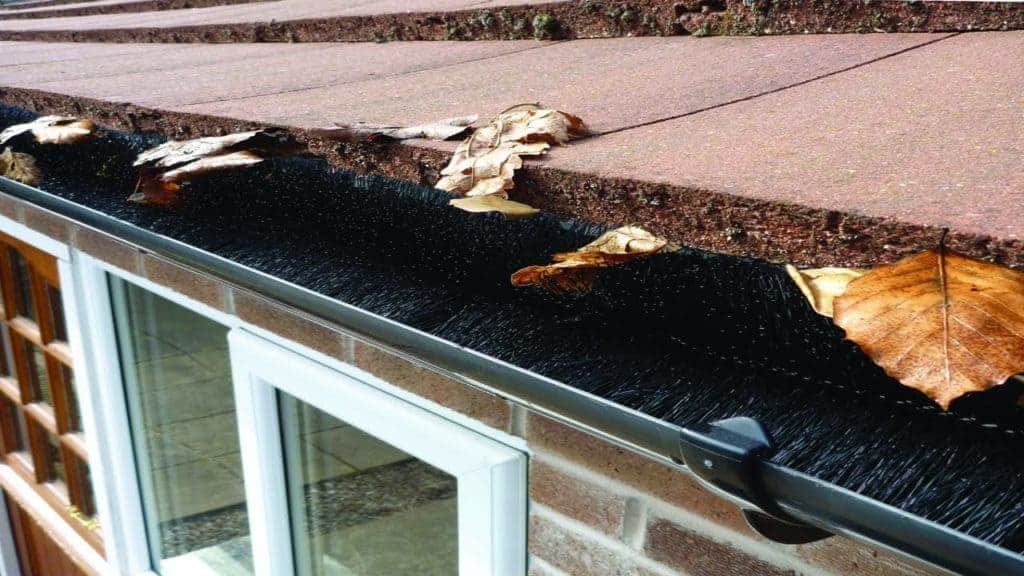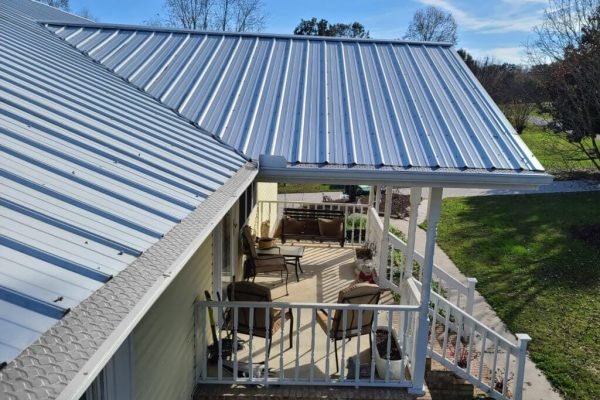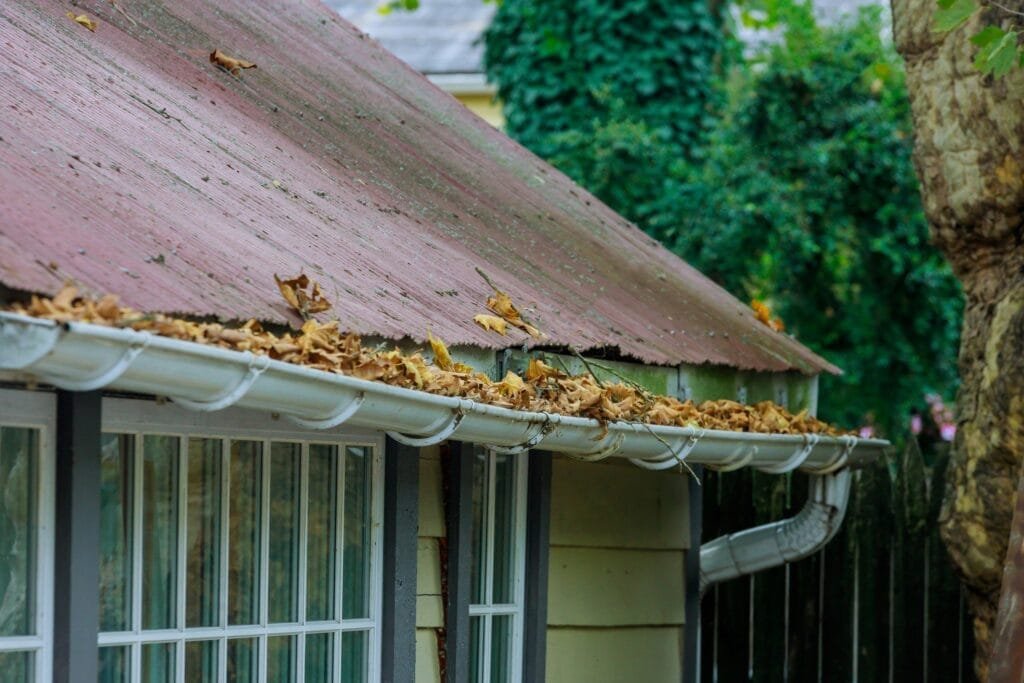Gutters might not be the most glamorous part of your home, but they’re critical for protecting your property from water damage. Too small, and they overflow during storms, sending water cascading down your siding or pooling near your foundation. Too large, and you’re overspending on materials you don’t need. Whether you’re a homeowner looking to replace old gutters, a DIY enthusiast tackling a weekend project, or a roofing contractor ensuring a client’s home stays dry, knowing how to measure gutter size accurately is essential.
In this comprehensive guide, we’ll walk you through a detailed, beginner-friendly process to calculate the perfect gutter size for your home. Backed by roofing industry standards, real-world examples, and expert tips, this article addresses common pain points—like avoiding overflow, preventing foundation erosion, and handling heavy rainfall. Let’s dive in and ensure your gutters are up to the task!


Before we get into the how-to, let’s explore why gutter size is so important. Gutters are your home’s drainage system, channeling rainwater away from your roof, walls, and foundation. When they’re sized correctly, they:
A study by the National Association of Home Builders (NAHB) notes that improper gutter sizing contributes to 70% of water-related home repair claims. That’s a statistic no homeowner wants to be part of! By following this guide, you’ll avoid these pitfalls and keep your home safe and dry.
Before starting, gather these essentials:
With your tools ready, let’s move on to the step-by-step process.
Here’s the detailed breakdown of how to determine the right gutter size for your home. Each step builds on the last, ensuring precision and reliability.
The size of your gutters depends on how much roof area they need to drain. This is called the “drainage area,” and calculating it is your starting point.
If your roof isn’t a simple rectangle—like homes with gables, dormers, or multiple slopes—break it into smaller sections:
Imagine a 2,000 sq ft home with a front gutter run of 60 ft and a roof width of 25 ft (draining one side). The drainage area is 60 × 25 = 1,500 sq ft. If there’s a 10 × 10 ft dormer feeding into the same gutter, add 100 sq ft, making it 1,600 sq ft total.
Pro Tip: If measuring from the roof feels daunting, use your home’s blueprint or measure from the ground and adjust for overhangs (typically 1-2 ft).
Roof pitch—the steepness of your roof—affects how quickly water flows into your gutters. Steeper roofs shed water faster, increasing the volume your gutters must handle. The pitch factor adjusts your drainage area to account for this.
Based on industry standards (like those from the Sheet Metal and Air Conditioning Contractors’ National Association, SMACNA):
Multiply your drainage area by the pitch factor:
Formula: Drainage Area × Pitch Factor = Adjusted Drainage Area
Example: 1,600 sq ft (from Step 1) with a 6:12 pitch (1.1 factor) = 1,600 × 1.1 = 1,760 sq ft.
A steeper roof increases runoff speed and volume. For instance, a flat roof might trickle water into gutters over time, while a 10:12 pitch sends it rushing down in seconds, demanding more capacity.
Expert Insight: Contractors in mountainous regions (e.g., Colorado) often see steeper pitches (8:12 or higher) and recommend upsizing gutters to handle snowmelt and rain combined.
Rainfall intensity—how much rain falls per hour—varies by location and is a key factor in gutter sizing. A gutter that works fine in a dry climate like Arizona might fail miserably in a rainy region like Louisiana.
Generic averages (e.g., 1 inch/hour) might undersize your gutters for your climate. In 2023, a homeowner in Houston reported gutter overflow during Hurricane Harvey because they used national averages instead of Texas-specific data (up to 5 inches/hour).
Pro Tip: If you’re near trees or in a storm-prone area, factor in debris and consider slightly larger gutters for safety.
Now, combine your adjusted drainage area and rainfall intensity to calculate the required gutter capacity, then match it to standard gutter sizes.
Formula: (Adjusted Drainage Area) × (Rainfall Intensity) = Required Gutter Capacity (cubic inches/hour)
Manufacturers rate gutters by the roof area they can drain at 1 inch/hour rainfall. Adjust for your intensity:
For our 1,760 sq ft example at 2 inches/hour, a 5-inch gutter (2,750 sq ft capacity) works, but a 6-inch (4,000 sq ft) offers a buffer for storms.
Expert Insight: Roofing pros often recommend 6-inch gutters in the Southeast U.S., where hurricanes push rainfall beyond 4 inches/hour.
Gutters channel water, but downspouts get it out. Without the right size and spacing, even perfect gutters will overflow.
For a 60-ft gutter run draining 1,760 sq ft at 2 inches/hour:
Extend downspouts 5-10 ft from your foundation with splash blocks or underground drainage pipes to prevent pooling.
Pro Tip: In snowy climates, use larger downspouts (e.g., 4×5-inch) to handle melting snow and ice.


Consult a Pro for Big Jobs: Roofs over 3,000 sq ft or complex layouts benefit from expert input.
Overlooking Local Weather: A gutter sized for light rain fails in a downpour.
Measuring gutter size isn’t rocket science, but it does require precision. By calculating your roof’s drainage area, adjusting for pitch, factoring in local rainfall, and pairing gutters with the right downspouts, you’ll create a system that stands up to the elements. Whether you’re a DIYer swapping out rusty gutters or a contractor ensuring a client’s peace of mind, this guide—rooted in industry best practices—has you covered.
Ready to get started? Grab your tape measure, check your local NOAA data, and size your gutters like a pro. Questions or need help with a tricky roof? Let us know in the comments—we’re here to assist!
WhatsApp us